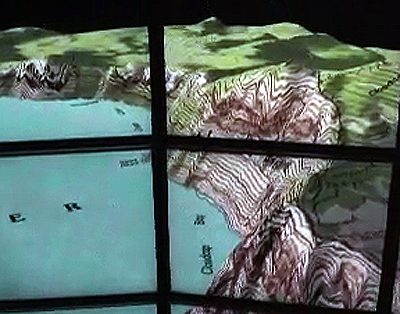A New Vision for 3D Takes Shape in Pennsylvania
September 2nd, 2010
Categories: VR

About
The human head contains two eyes. When we step into the real world, the ability to use our eyes to perceive length, width and depth is as essential as our ability to hear our surroundings on the street or in the forest, to use touch to perceive the difference between a furry kitten and a brick wall. So why is the presence of three-dimensional images in movies and TV still a novelty?
Journalist Rebecca VanderMeulen poses the question in her September 2, 2010 article, “A New Vision for 3-D Takes Shape in PA,” published in Keystone Edge, and then attempts to answer it. She interviews several companies in Pennsylvania who make 3D products about the potential of 3D to enhance viewers’ experiences.
She also interviews Dr. Jason Leigh, director of University of Illinois at Chicago’s Electronic Visualization Laboratory (EVL), on the potential of consumer 3D. To put it simply, he explains, 3D is how humans were meant to see. “We have two eyes in our heads.” Leigh says. “Evolution decided to put them there for a reason.”
Leigh goes on to say that no matter how awesome the movies, TV shows or video games look in 3D, people want to be entertained by good stories. If a movie isn’t worth seeing in 2D, the 3D version isn’t going to be popular either.
Leigh predicts that in about five years, technology will have advanced to allow people to watch 3D on their home TVs without wearing any special glasses - an area of research in which EVL has been heavily involved for 25 years. As those sets become more common in people’s living rooms, other 3D research and education applications will become less expensive and more ubiquitous.
Read the complete article